Fast growth but still modest in scale
According to Ms. Pham Thi Thanh Tung - Deputy Director of the Department of Credit for Economic Sectors (State Bank), in the past 5 years, green credit in Vietnam has recorded an average growth rate of about 21% per year. As of March 2025, there were 58 credit institutions with outstanding green loans, compared to only 15 institutions in 2017.
At the same time, 57 organizations have implemented environmental and social risk assessments for loans, with total outstanding loans reaching VND3.62 trillion - an increase of more than 15 times compared to 2017. Many credit institutions have also published sustainable development reports, demonstrating their commitment to green finance goals.
However, although the growth rate of green credit is much higher than the overall credit growth rate of the entire system, the proportion of green credit still accounts for only 4.3% of total outstanding loans, reflecting a rather modest scale. Among commercial banks, Agribank is one of the pioneers and most active in providing green credit.
Mr. Doan Ngoc Luu - Deputy General Director of Agribank - said that the proportion of green project loans at the bank has doubled in the past 5 years. In the first quarter of 2025, Agribank led the system in the number of customers borrowing in the green sector, with more than 41,600 customers and a total outstanding loan of nearly VND 29,300 billion. However, this figure only accounts for about 1.7% of the bank's total outstanding loan, showing that there is still a lot of room for growth.
Similarly, at BIDV , green credit has also stopped at a low level. Mr. Tran Phuong - Deputy General Director of the bank - said that although there is a need to expand green financing, banks are still facing many barriers.
Specifically, there is currently no clear system of environmental criteria, no official verification mechanism for green projects or standards for green bonds. At the same time, specific preferential policies for green credit and bonds are still lacking.
In addition, the characteristics of environmental projects often require large investment capital and long payback periods, making it difficult to access capital sources. The system of management and monitoring tools for green credit portfolios, along with environmental - social - governance (ESG) standards, is also currently incomplete, due to the lack of a clear and synchronous legal corridor.
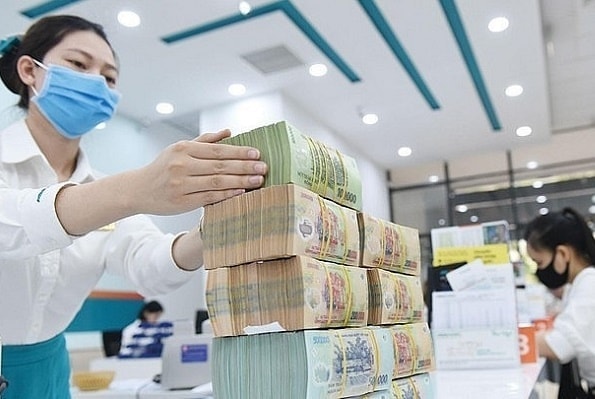
Green credit is ready to break out
Currently, not only banks have difficulty implementing green credit, but businesses also face many challenges when accessing this source of capital.
Many businesses say that in order to access green capital easily, they are required to apply sustainable development reporting standards and practices, and transparently disclose information related to environmental, social and governance (ESG) factors.
However, compliance with these standards requires a lot of time and complicated procedures, discouraging many businesses and causing them to give up the opportunity to access preferential capital flows.
In that context, artificial intelligence (AI) is expected to help solve this problem. According to Dr. Le Hung Cuong - Deputy General Director of FPT Digital (under FPT Corporation), the Monetary Authority of Singapore (MAS) has now applied AI to score ESG reports of small and medium enterprises (SMEs).
This significantly reduces the time it takes to review loan applications, while improving SMEs’ access to green finance. For banks, AI also simplifies the vetting process and makes ESG reporting requirements more efficient.
In Vietnam, Vietcombank is aiming to apply AI to support businesses in reducing the pressure of meeting sustainable development standards. Ms. Ngo Thuy Phuong - Deputy Head of Strategy Department of this bank said that this is one of the strategic directions to accompany businesses in the green transformation process.
However, the key factor still lies in completing the legal framework. BIDV representative commented that to promote green credit, the Government and ministries and sectors need to soon issue clear regulations on green classification criteria, national green project certification, as well as social risk management mechanisms in credit activities. At the same time, there should be incentive and preferential policies to promote green growth.
International experience shows that establishing a green classification system is a fundamental factor to orient investment capital flows into environmentally friendly fields, thereby helping Vietnam integrate and effectively access global green financial resources.
A positive signal is that the State Bank of Vietnam (SBV) has recently published the Handbook “Environmental and social risk management system in credit granting activities”. According to Ms. Ha Thu Giang - Director of the Department of Credit for Economic Sectors, this document was developed on the basis of cooperation between the SBV and the International Finance Corporation (IFC), in accordance with international practices, to support credit institutions in applying ESG standards in credit activities, aiming at the goal of sustainable financial development.
Deputy Governor of the State Bank of Vietnam Dao Minh Tu emphasized that the Handbook is an effective tool, with a "hands-on" nature, helping credit institutions establish risk management processes appropriate to the characteristics of each bank and loan.
This is a practical document, contributing significantly to the realization of the Banking Industry's Action Plan to effectively implement the National Strategy on Green Growth.
Source: https://baodaknong.vn/thao-go-rao-can-phap-ly-thuc-dong-von-xanh-chay-vao-kinh-te-tu-nhan-253664.html



![[Photo] Vietnamese and Hungarian leaders attend the opening of the exhibition by photographer Bozoky Dezso](https://vphoto.vietnam.vn/thumb/1200x675/vietnam/resource/IMAGE/2025/5/28/b478be84f13042aebc74e077c4756e4b)
![[Photo] General Secretary To Lam works with the Central Policy and Strategy Committee](https://vphoto.vietnam.vn/thumb/1200x675/vietnam/resource/IMAGE/2025/5/28/7b31a656d8a148d4b7e7ca66463a6894)
![[Photo] Prime Minister Pham Minh Chinh receives a bipartisan delegation of US House of Representatives](https://vphoto.vietnam.vn/thumb/1200x675/vietnam/resource/IMAGE/2025/5/28/468e61546b664d3f98dc75f6a3c2c880)

![[Photo] 12th grade students say goodbye at the closing ceremony, preparing to embark on a new journey](https://vphoto.vietnam.vn/thumb/1200x675/vietnam/resource/IMAGE/2025/5/28/42ac3d300d214e7b8db4a03feeed3f6a)






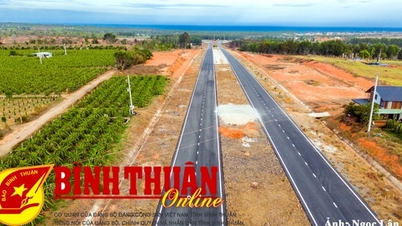






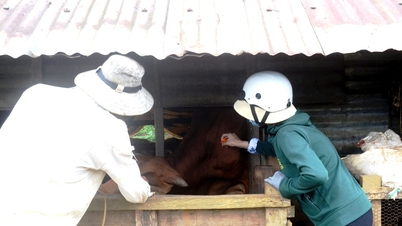
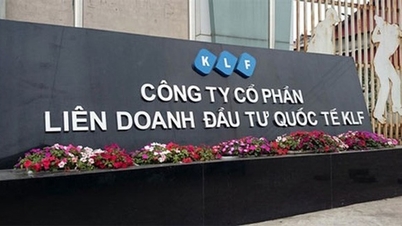
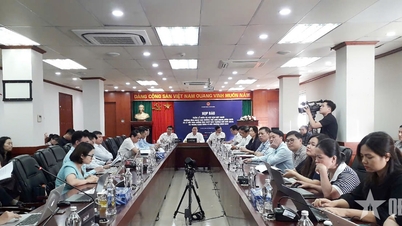


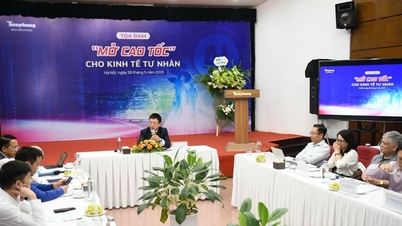


















































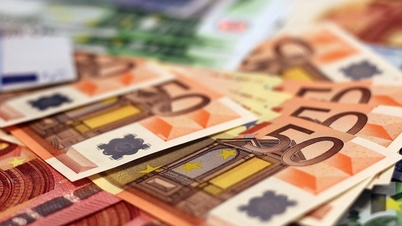
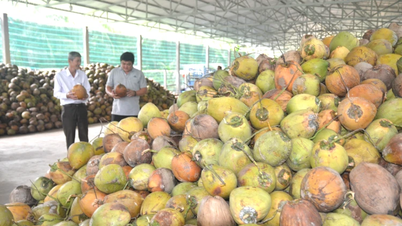













Comment (0)